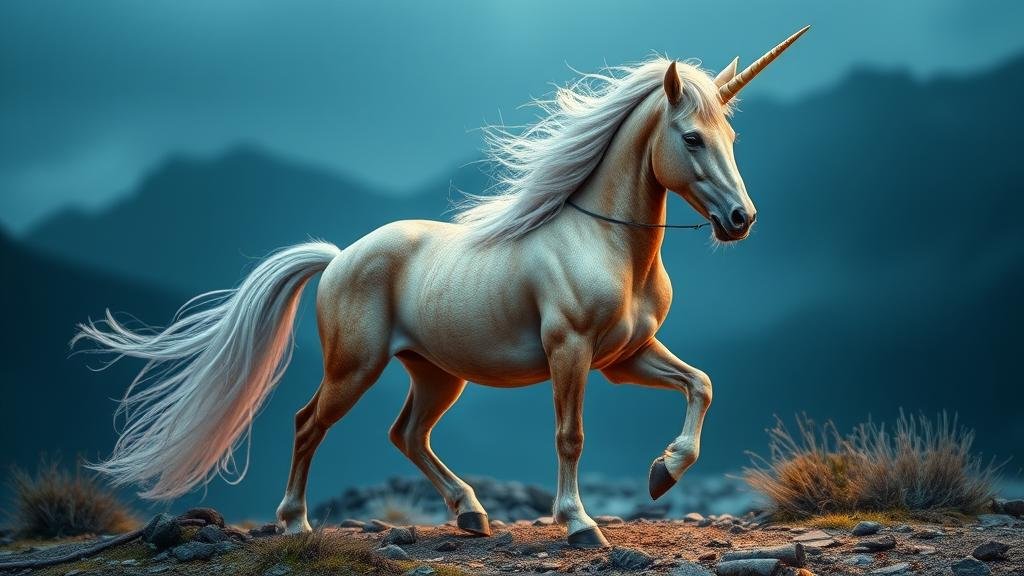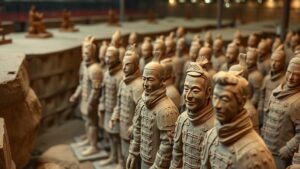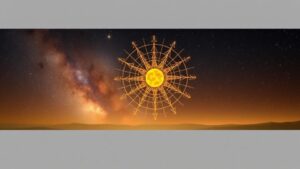Exploring the mysterious Karkadann, a unicorn-like creature from Persian lore, in Central Asia.
Exploring the Mysterious Karkadann: A Unicorn-Like Creature from Persian Lore
The Karkadann, often regarded as an enigmatic figure within Persian mythology, possesses a striking resemblance to the unicorn of Western mythos. Known for its formidable presence and symbolic significance, this creature has captured the imagination of scholars, writers, and enthusiasts across Central Asia. This article delves into the origins, characteristics, and cultural implications of the Karkadann, unveiling the rich tapestry of lore surrounding this fascinating creature.
The Origins of the Karkadann in Persian Lore
The term Karkadann is derived from the Persian words kark, meaning to roar, and dann, meaning horn, thus aptly describing its most defining feature. According to ancient texts, such as the Shahnameh, an epic poem written by the Persian poet Ferdowsi around the 10th century, the Karkadann roamed the vast landscapes of Central Asia, characterized by its robust build and a single spiraling horn on its forehead. While primarily mentioned in Persian sources, similar depictions of unicorn-like creatures are found in the folklore of neighboring cultures, including Indian and Turkish traditions.
Physical Characteristics and Symbolism
The Karkadann is often depicted as a large, horse-like beast with a muscular body, a long mane, and a distinctive, spiraled horn. Its stature commands respect, often described as standing taller than a horse and being capable of great speed. creatures most striking feature, the horn, is frequently associated with purity and healing, similar to the Western unicorn.
Symbolically, the Karkadann has been interpreted as a representation of strength, honor, and ferocity. In battles fought in ancient Persia, this creature was often invoked in tales of triumph, as its qualities were believed to imbue warriors with courage and power. Also, the Karkadann served as a metaphor for the unyielding spirit of Persia itself, as it thrived in the harsh terrains of Central Asia.
Karkadann in Art and Literature
The Karkadanns significance is reflected in various artistic forms, particularly in Persian miniature paintings and literary works. For example, the great Persian miniaturist Behzad frequently included the Karkadann in his illustrations, symbolizing noble virtues. In literature, the creature appears in tales celebrating Persian kings, often as their fierce companion in battle.
- Ferdowsis Shahnameh, which portrays numerous adventures involving the Karkadann, showcases the mythical landscape of ancient Persia.
- In the works of later poets, such as Nizami and Rumi, the Karkadann is often included in allegories describing the battle between good and evil.
Real-World Applications and Cultural Impact
The fascination with the Karkadann extends beyond mere folklore. In contemporary culture, it is often referenced in various forms of media and literature, highlighting the creatures enduring legacy. Educational institutions in Persian heritage regions integrate such mythical creatures into curricula, allowing students to explore the intersection of history, literature, and cultural identity.
Plus, tourism in Central Asia frequently capitalizes on the allure of mythical creatures, including the Karkadann. Various festivals celebrate local folklore, allowing visitors to engage with stories and traditions surrounding these entities, thus preserving cultural heritage while promoting economic benefits through tourism.
The Search for the Karkadann in Modern Context
The Karkadann serves as a vivid reminder of the narratives that shaped ancient societies. Modern-day scholars and enthusiasts often embark on quests to unearth archaeological evidence that may provide insights into the lore surrounding creatures like the Karkadann. Such explorations reflect a growing interest in paleoethnobotany and the study of ancient wildlife, prompting questions about the intersection of myth and reality.
Conclusion: The Karkadann Lives On
The Karkadann, with its striking resemblance to the unicorn, stands as a testament to the rich narratives woven into the fabric of Persian mythology. As both a symbol of power and a creature of immense intrigue, it captures the essence of ancient Persias cultural ethos. Its legacy persists, inspiring literature, art, and folklore in contemporary society. Engaging with the Karkadann not only nourishes an appreciation for Persian history but also fosters a deeper understanding of the universal themes of bravery, purity, and the myths that bind human experience across different cultures.



